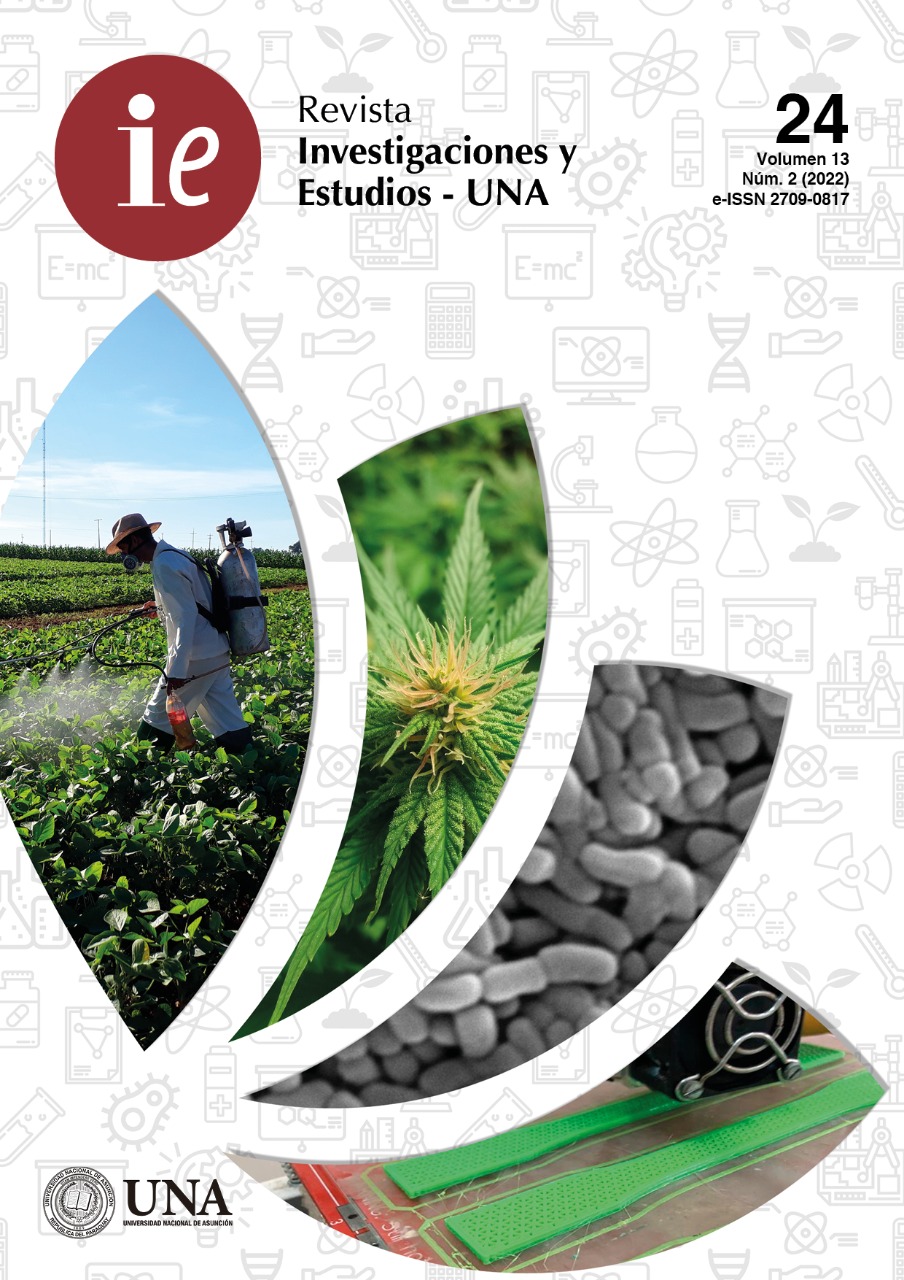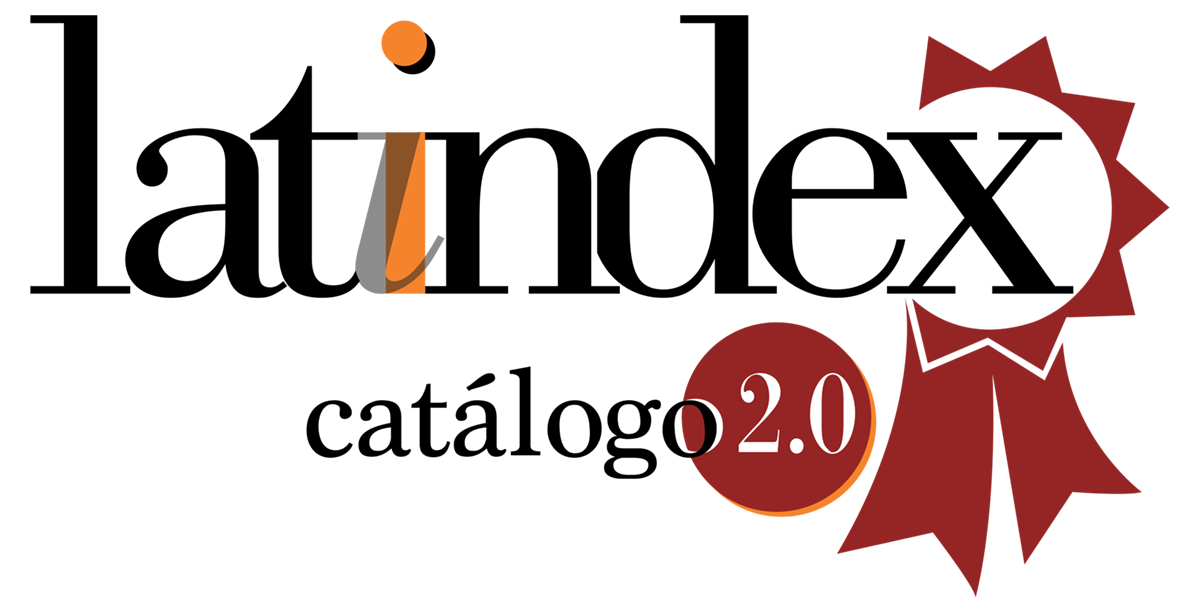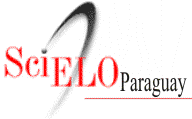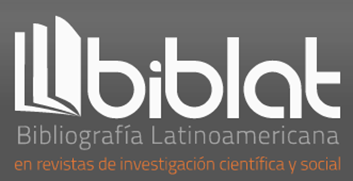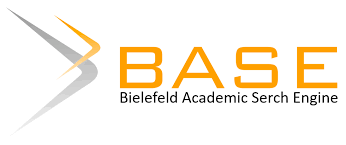Importance of a dynamic and reliable database of agricultural pests in Paraguay
DOI:
https://doi.org/10.47133/IEUNA22208bKeywords:
agricultural research, phytosanitary policies, agricultural pests, plant healthAbstract
Successful agricultural pest control requires a series of policies to cover a wide range of plant protection issues. The Servicio Nacional de Calidad y Sanidad Vegetal y de Semillas (SENAVE) is responsible for preventing the introduction and establishment of exotic plant pests in the country and preserving a phytosanitary status that allows agricultural products access to foreign markets. It is important that the local health authority makes updated and reliable lists of pests present in the country available to the productive sector, since they are an important tool for the application of pest monitoring and control strategies. In addition, SENAVE's policy is ambiguous in relation to pest reporting, where it is not clear if SENAVE is in charge of disclosing the occurrence of new pests when researchers make a report in a scientific journal, or if SENAVE has the exclusivity reporting and disclosure. Phytosanitary authorities are urged to work together with researchers, specialists, and technicians dedicated to the complex work of pest identification and management. The characterization of pests implies a full-time job, the results of which are published in recognized scientific journals in the field. Of the investigation. These reports should be valid to be used by SENAVE as a reference to update the lists of pests present in the country, and not require exclusivity without grounds to support it.
Downloads
References
Almeida, R. P. P. (2018). Emerging plant disease epidemics: Biological research is key but not enough. PLoS Biology, 16(8), 1–5. doi:10.1371/journal.pbio.2007020
CAPECO. (2022). Área de Siembra, Producción y Rendimiento. Asunción: Cámara Paraguaya de Exportadores y Comercializadores de Cereales y Oleaginosas. https://capeco.org.py/area-de-siembra-produccion-y-rendimiento/
Crop Protection Network. (2021). Crop Protection Network: a product of Land Grant Universities. https://cropprotectionnetwork.org/
El Khoury, W. & Makkouk, K. (2010). Integrated plant disease management in developing countries. Journal of Plant Pathology, 92(supl. 4), pp. S35-S42.
Organización de las Naciones Unidas para la Alimentación y la Agricultura. (1997). Texto de la Convención Internacional de Protección Fitosanitaria: nuevo texto revisado Convención Internacional de Protección Fitosanitaria. Comité de Sanidad Vegetal del Cono Sur. http://www.cosave.org/pagina/texto-de-la-convencion-internacional-de-proteccion-fitosanitaria
Organización de las Naciones Unidas para la Alimentación y la Agricultura. (2022). Plagas y enfermedades de las plantas. FAO en situaciones de emergencia.https://www.fao.org/emergencies/tipos-de-peligros-y-de-emergencias/plagas-y-enfermedades-de-las-plantas/es/
Poder Legislativo del Paraguay. (2004). Ley 2459/2004 que crea el Servicio Nacional de Calidad y Sanidad Vegetal y de Semillas. https://bacn.gov.py/archivos/372/20131021095920.pdf
SENAVE. (2022). Servicio Nacional de Calidad y Sanidad Vegetal y de Semillas. https://www.senave.gov.py/quienes-somos
Servicio Nacional de Calidad y Sanidad Vegetal y de Semillas. (2014). Resolución 930/2014 (p. 9). SENAVE.
Published
How to Cite
Issue
Section
License
Copyright (c) 2022 Andrea Alejandra Arrua, Guillermo Andrés Enciso-Maldonado, José Arturo Schlickmann-Tank, Daniela Inés Haupenthal, Marta Alicia Fernández-Gamarra, Marco Maidana-Ojeda, Arnaldo Esquivel-Fariña, Yerutí Mongelos-Franco, Marcos Javier Mendoza-Duarte

This work is licensed under a Creative Commons Attribution 4.0 International License.

